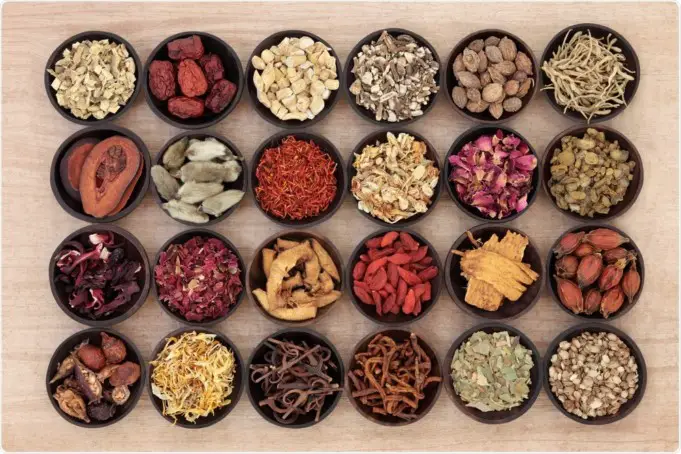China in 2020 has been compared to the United States in 1935. The Chinese Belt & Road Initiative is a mighty international project spearheaded by China that means to help neglected parts of the world.
Get ready for the jaw-dropper. It counts on an estimated $4-8 trillion in funding! The big picture here is that China wants to become recognized as the world-leader country, called the hegemon.
The rise of Asia in general has brought a lot of acceptance and respect from the West in the last 15 years. It’s exciting to see that this includes the acceptance of traditional Chinese medicine by Western science. Think cupping, acupuncture, and herbal remedies.
Soft Power
One of the ways the USA achieved its hegemony in the 20th century was by using a political strategy called “soft power”. This often takes the form of exporting culture.
For America, the ideas and products that brought us to the top were things like blue jeans, Starbucks, cowboy boots, and Friends.
Supporters of Chinese diplomatic leadership say that traditional Chinese medicine is a valuable piece of culture that should be promoted and accepted abroad in a similar way to how Starbucks has subtly spread American influence throughout the globe.
Historians of the future might say that China got to the top when it became popular to listen to K-pop and using natural skin care products.
How Acupuncture Works: The Chinese Explanation
Alternative medicines like cupping and acupuncture have come to be accepted by many Americans. These traditions may not be scientific, but that does not mean they do not work. Science up until now has simply been unable to explain how they work.
Nobody knows exactly when ancient acupuncture began, but it predates the written history of China that began around 100 B.C. The Chinese philosophy that explains acupuncture describes disease as a disruption of energy in the body. The energy is called qi.
Acupuncture works by stimulating points under the skin where qi accumulates called acupuncture points or acupressure points. The Chinese explanation relies on the belief that within the body, everything is connected. Often, there isn’t a single drop of blood spilled.
Western science was very reluctant to accept acupuncture and other traditional medicines as valid for the entire 20th century, but now that is changing.
How Acupuncture Works: The Western Explanation
The scientific consensus at this point is that acupuncture works better than a placebo, but we still can’t totally explain how it works.
One hypothesis that explains acupuncture is that it stimulates nerves that trigger neurohormonal reactions that treat symptoms.
Another hypothesis is that acupuncture touches on nerve centers that reduce pro-inflammatory proteins. There have been studies that indicate that this ancient Chinese practice can significantly decrease pro-inflammatory markers. There are central points in your body that connect to seemingly totally unconnected body parts.
One example is a center under the knee commonly called stomach 36. This point can be used to treat inflammation all over the body. Incredibly, this totally random spot can be manipulated to treat body-wide energy levels and immune response.
How Are Chinese Alternative Medicines Used?
One niche in the West where acupuncture has found a home is in maternity and OBGYN compliment services.
It may sound scary, but acupuncture may help babies who cry too much. This phenomenon called colic. Sleepless mothers have been searching for solutions to it since biblical times. It appears that one treatment has been around since roughly that long.
In an experiment published in the journal Acupuncture in Medicine, babies were poked in L14, a spot on the hand, for 2 to 5 seconds.
Don’t worry! Most of the babies were asleep when they were poked, and 200 of the 388 treatments involved no crying at all. It was found that the babies who received treatment stopped crying faster than the placebo group.
There are many uses for acupuncture and other traditional Chinese medicines. One thing that unites them all is that these have, as a core idea, the prevention of disease and holistic treatment rather than a reduction of symptoms and reaction to diagnoses.












